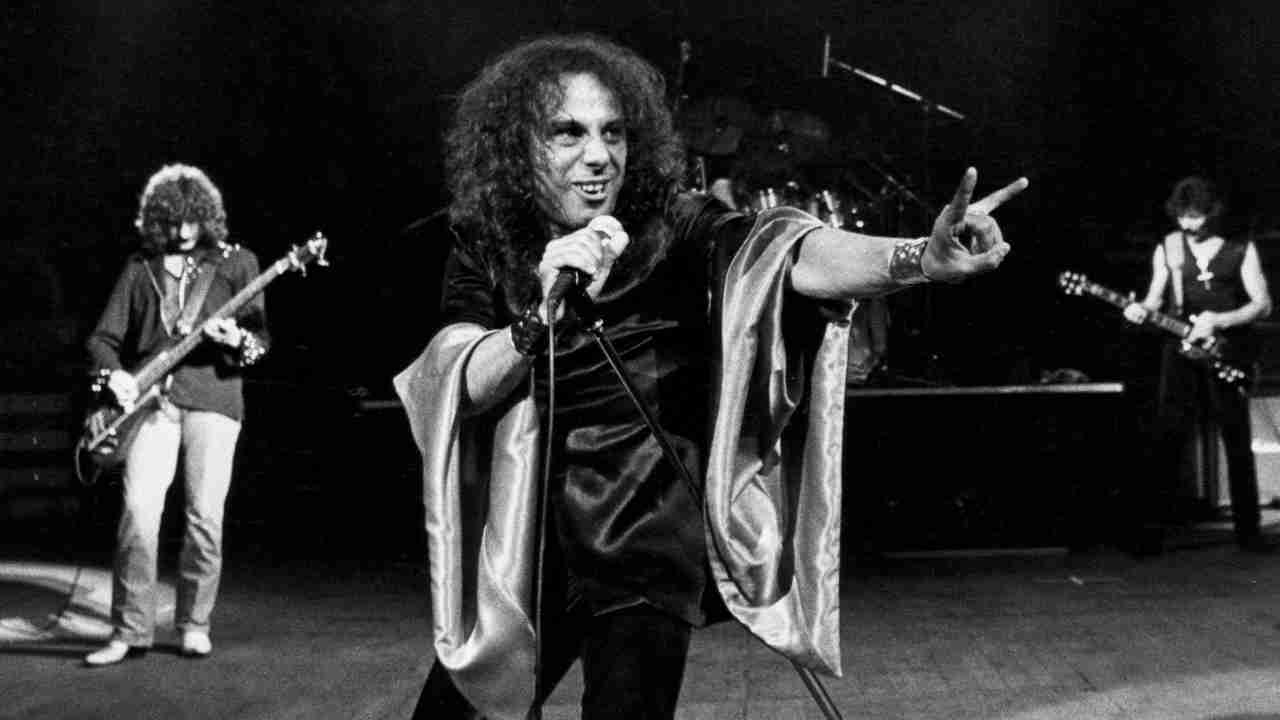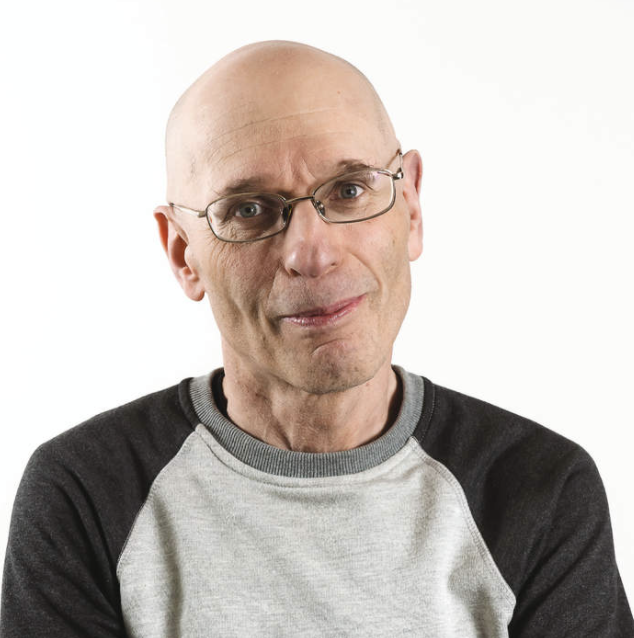When Ozzy Osbourne was fired from Black Sabbath in 1979, it threw the band’s future in doubt – but they returned with a new singer, Ronnie James Dio, and an album, Heaven and Hell, that revived their fortunes. In 2007, Tony Iommi looked back at Sabbath’s first great resurrection.

1980 was perhaps the most significant year in the entire history of metal. The NWOBHM began to storm the barricades to the first and the groundbreaking Monsters Of Rock festival was launched in Castle Donington. And then there’s the long list of landmark albums that were released during those 12 fertile months: AC/DC’s Back In Black, Motörhead’s Ace Of Spades, Iron Maiden’s self-titled debut, Judas Priest’s British Steel, Saxon’s Wheels Of Steel and Strong Arm Of The Law and Def Leppard’s On Through The Night. And then there was Black Sabbath’s Heaven And Hell, an album that triumphed despite the odds not exactly being in its favour.
Sabbath may have helped invent heavy metal as we know it with their iconic debut album, but the end of the 1970s had been a debacle for the Birmingham legends.
Frontman Ozzy Osbourne quit the band following 1976’s Technical Ecstasy, to be briefly replaced by Dave Walker, who lasted just two rehearsals (and one long-forgotten TV performance). Ozzy returned the following year to record 1978’s mediocre Never Say Die!, but the writing was on the wall – he’d become too erratic and he was fired by the rest of the band.
The future didn’t look rosy for either party. Even before Ozzy left in his drug-and-booze fuelled haze, Sabbath seemed in irreversible decline. While Ozzy sank into the pits of despair in Los Angeles, many wondered if Sabbath themselves could continue without their charismatic, if wayward ex-frontman.
“We started putting together ideas for a new album in Los Angeles with Ozzy,” recalls Sabbath guitarist Tony Iommi. “At the time, we didn’t have an album title, just basic ideas. But it rapidly became obvious that Ozzy wasn’t up to the task. He was struggling with all sorts of addiction problems – alcohol, drugs and so on – and it was all getting on top of him. Not that the rest of us were living like saints, but he was a lot worse.”
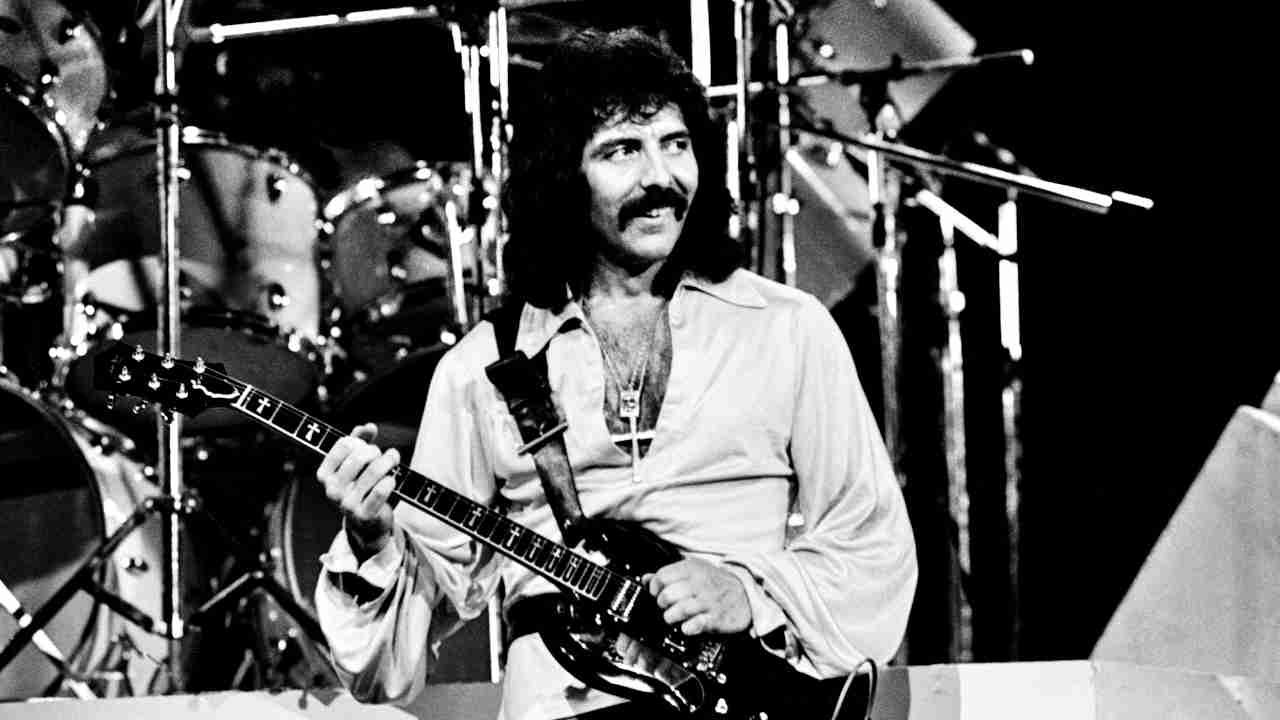
Given the instability, Iommi had his doubts that they could move forward with a new Sabbath record. He began to think about doing a different project, one not released under the Sabbath name. He contacted Ronnie James Dio, who had recently left Rainbow.
“Ronnie and I discussed some ideas, and it really went from there,” says Iommi. “Geezer [Butler, bass], Bill [Ward, drums] and I decided we had to get a new singer in for Sabbath. I’d been talking to Ronnie and it made sense to go with him.”
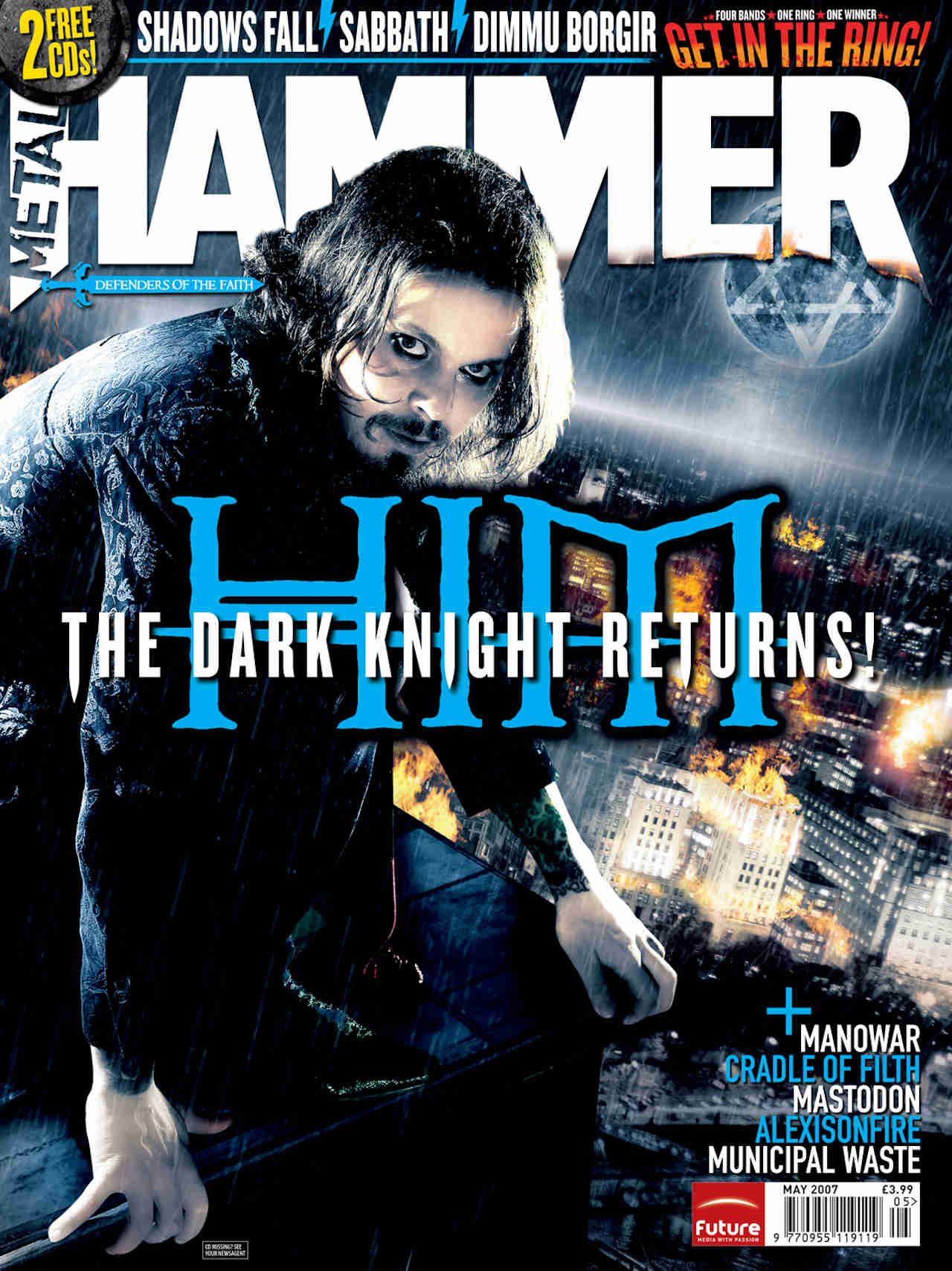
At the time, the idea of Sabbath uniting with Dio was seen as a major gamble – his powerful voice was a world away from Ozzy’s. But as soon as the two parties went into the studio, it became instantly obvious that the union would work.
“We just fell into a groove,” he says. “In fact, I’d have to say that we’d never been as prepared when we finally went into the studio. In the past, none of us had been quite sure what Ozzy would end up singing, but with Ronnie we had a really good idea.”
Apart from the recruitment of Dio, the other major change came with the arrival of producer Martin Birch, the first time Sabbath had worked with a producer since 1975’s Sabotage.
“We felt that bringing someone in could really help focus the ideas,” says Iommi. “It was Ronnie who’d recommended Martin, as they’d worked together in Rainbow. What he brought in was an extra dimension to the songs. And we also recorded very fast. The whole process went so smoothly. We’d been used to taking longer and longer to record, with things getting out of hand. But this time, it was a joy to be in the studio.”
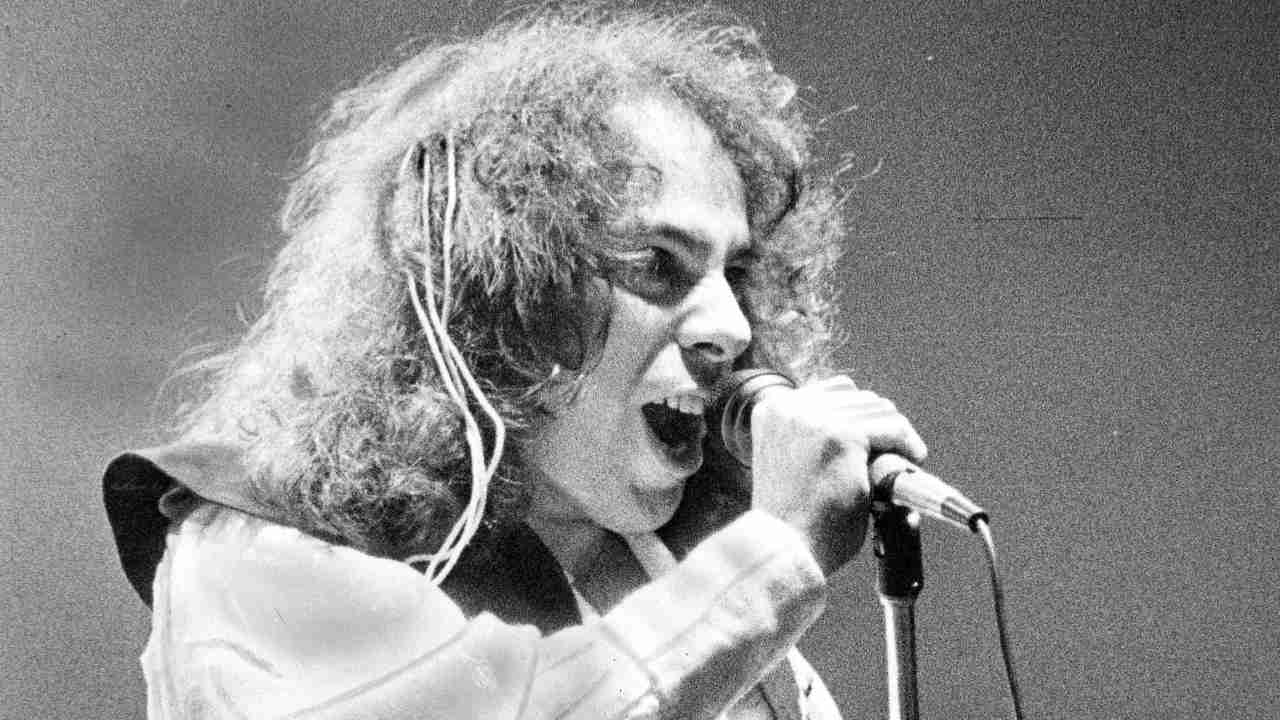
No everything was quite smooth. Geezer Butler was dealing with turmoil in his personal life, and it wasn’t clear whether he could fully commit to recording the album.
“Geezer was dealing with a lot of serious issues at the time,” says Iommi. “And we didn’t know whether he’d be in the right frame to record the album. In fact, Ronnie played bass when Geezer flew back to England to finalise his divorce.”
Iommi had actually enlisted a stand-by bassist - Geoff Nicholls, formerly guitarist and keyboard player with hard rockers Quartz, whose self-titled 1977 debut album Tony had produced.
“I asked him to come in and do some bass lines for us when Geezer’s commitment was in doubt,” says the guitarist. “But in the end he sorted himself out, and Geoff stayed with us on keyboards.”
Sabbath and Dio entered Miami’s Criteria Studio in the autumn of 1979 to record the album (they would also use Studios Ferber in Paris). According to Iommi, the first track he and Dio wrote together for the album was the majestic Children Of The Sea, though the first track they actually recorded would be Heaven And Hell, the song that gave the album its eventual title.
“It was all so exciting and challenging,” says Iommi. “We were doing things that, quite frankly, would have been beyond us with Ozzy. He wasn’t that sort of singer. But with Ronnie, there were so many more options. It really did feel like we were starting all over again. And we all knew when the album was finished that it was something special. It felt right for the time, and was Black Sabbath as people had never heard us before.”
As bold as this reinvention was, it carried its own dangers. There was a risk that Sabbath diehards wouldn’t accept a someone who sounded so different to Ozzy – and was American to boot.
“Sure, there was a definite concern about the fans, and whether they’d go for what was a new Sabbath,” admits Iommi. “But we had so much confidence in the strength of what we had, our belief was that we’d ride through any criticism. Admittedly, there were gonna be some fans who’d have a go because Ozzy wasn’t there. Whatever we’d done that was guaranteed to happen, but we felt confident the majority of fans would go with us, and that we’d pick up more as well.”
Heaven And Hell was released on April 25, 1980. It was an unabashed triumph - Iommi’s riffs were as mighty as ever, but Sabbath sounded grander than they ever had before on the title track, Children Of The Sea, Die Young and Lonely Is The Word. Elsewhere, opening song Neon Knights and Die Young, Walk Away fizzed with an energy that had been missing on the last two albums they made with Ozzy.
Their media and fans agreed – the album reached No.9 in the UK and No.28 in the US, their highest position on both sides of the Atlantic since Sabotage five years earlier. The downwards slide had been reversed. Sabbath’s reinvention had been an unequivocal success.
There was still one test to overcome – they had to take the new, retooled version of Black Sabbath out on the road. It wasn’t so much the new material they were worried about as the fact that Dio would be singing Ozzy songs.
“We knew that was also gonna be a serious test, but it helped that Ronnie was open to trying everything,” says Iommi. “He was prepared to do any of the songs chosen from our years with Ozzy. Of course, it was very different for him to be heard singing anything closely connected to Ozzy, as opposed to the new stuff. But we met this head on, and I believe we made it work. The crowds were big and, mostly, very supportive.”
The tour got off to a great start - audiences bought into the idea of a Dio-fronted Sabbath. But the tour hit a major problem a few months in.

“Bill was really struggling with the demands of being on the road, and our schedule,” says Tony. “His health was a major issue, and he was also dealing with family problems.”
Ward left the tour, and the band, following a show in Albuquerque, New Mexico, August 1980. He was replaced by drummer Vinny Appice, who had previously played with US hard rockers Derringer.
“I think it was Ronnie who suggested we go for Vinny,” says Iommi. “We had a few days off before the next show in Hawaii, so it seemed like the ideal time to try out Vinny, and he fitted in really well.
“Mind you, there was one odd incident,” the guitarist continues. “When he came down to audition, Vinny’s kit was really small. I just assumed this was his practise one, which was easier to drag down for the occasion. But when we got to the Aloha Stadium for his first gig, I was amazed that he had the same kit set up on Bill’s huge riser! It was dwarfed, and I got really paranoid. It was the first time that I’d ever played with a different drummer to Bill, so I was nervous enough. Seeing how small that drum set-up was just added to my feeling that it would all go horribly wrong.”
Miniature drumkits aside, the rest of the tour went without a hitch, proving that Iommi’s decision to work with Dio was the right one. The union would last for one more studio album, 1981’s Mob Rules, before creative and ego clashes during the making of 1982’s Live Evil would lead to the singer’s departure.
Dio would rejoin again a decade later for 1992’s Dehumanizer album, only to depart soon afterwards when the singer objected to the band supporting Ozzy Osbourne at two shows in Costa Mesa. But even then the story wasn’t done: Iommi, Butler, Dio and Appice reunited in 2006 under the name Heaven & Hell, releasing one album, 2009’s The Devil You Know, before Dio’s death the following year.
And Heaven And Hell itself? It’s a rare example of a band not just surviving the departure of a key member but actually prospering. It assured Sabbath’s future at a time when that looked far from certain, resulting in one of the greatest albums they made.
“I believe it’s stood the test of time remarkably well, and helped to re-invent the band,” says Iommi. “As far as the songs go, it’s among the most musical records of our career. Right up there with the very best. Yes, I know there are people who still maintain that Black Sabbath is all about Ozzy, but there are others who got into us through hearing Heaven And Hell. People like Dave Grohl from the Foo Fighters and his generation first heard Sabbath on this album, and from there they discovered our past. So, it’s played a huge role in giving the band a long career.”
Originally published in Metal Hammer issue 165, April 2007
